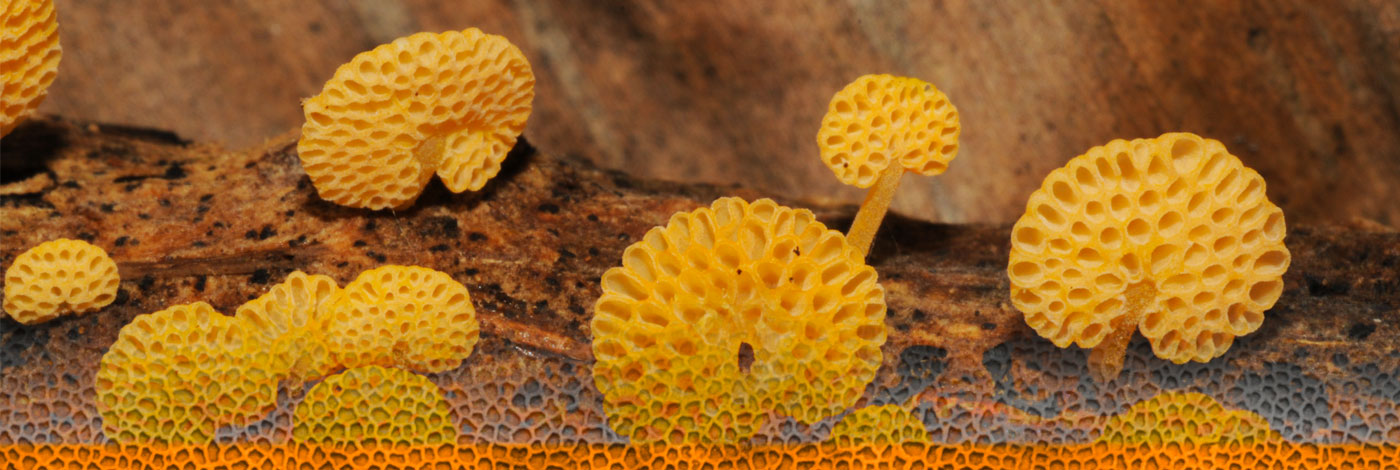
 Cryptogamie, Mycologie
24 (1) - Pages 27-37
Cryptogamie, Mycologie
24 (1) - Pages 27-37Although mosses are considered not to form mutualistic associations with glomalean (VAM) fungi, vesicles in mosses are known to occur. Vesicle-forming glomalean endophytes have been found in different species of the genus Hypopterygium collected mainly in the tropics. The glomalean mycobiont has been characterized by its morphological-anatomical features using light microscopy. The aseptate hyphae penetrate the cell walls of the moss stem and form large vesicles in some of them. Arbuscles have not been observed. Phyllidia and the majority of the moss rhizoids are free from colonization. Other endophytic fungi, characterized by septate hyphae, belonging to the Rhizoctonia-like and the so called dark septate (DSE) morphotypes, are also present in the plantlets. To prove the symbiotic nature as well as taxonomic status of the vesicular and septate endophytes needs further studies. Ecological significance and possible role of these associations in nutrient transport between mosses and roots of vascular plants has been discussed.